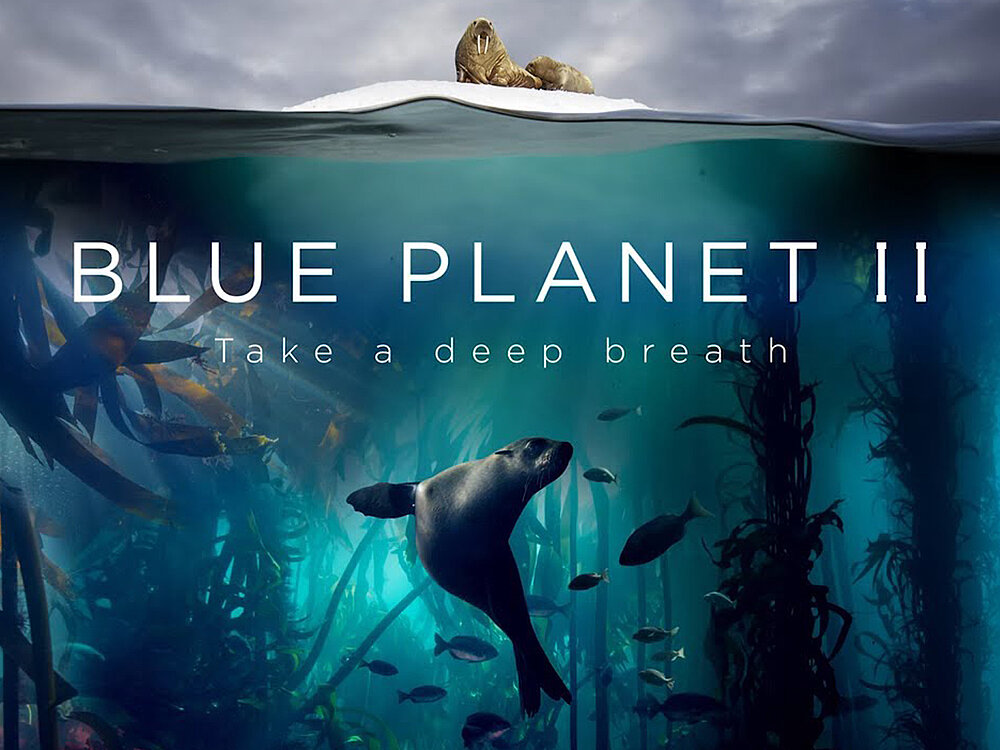
The final episode, Our Blue Planet, showed us that conservation can be an incredibly emotive issue for the researchers involved as they face what can seem like an uphill battle (and more on this subject in this great piece from science writer Ed Yong). If I hadn’t read Ellie Owen’s review of the Coasts episode, how would I have learned that apparently the noise of polar bears skidding on ice is made by filling a pair of tights with custard powder and then squeezing it? Or if I hadn’t read Michael Haslam’s take on tool use in Episode 1, that the real tool-using superstar of the episode wasn’t Percy the tuskfish and his/her (it’s complicated) clam-anvil coral, but rather the orcas that use the sea itself as a hunting weapon? Without exception, in each of our seven reviews, our reviewers have brought their insider knowledge to bear on enhancing our understanding of what the episode has told us.
#David attenborough blue planet 2 tv
At Nature Eco Evo we had some inclination this might be the case, having seen similar attention for Planet Earth II last year ( who’ll ever forget the racer snakes chasing the baby iguana?) and so we thought it would be a fun idea for our community site to commission tv reviews from marine scientists who would give their inside takes on the research we’ve seen each Sunday night, as well as some critique on the programme.Īnd it was.

While there are many of us who would probably listen rapt while David Attenborough narrated the inside of a paper bag, the footage on Blue Planet II captured the imagination and attention, not only of the general public, but of the scientific community as well.

In the course of the last seven weeks, 14.1 million of us have watched, spellbound, while David Attenborough told us stories of the sea just before Sunday bedtime.


 0 kommentar(er)
0 kommentar(er)
